
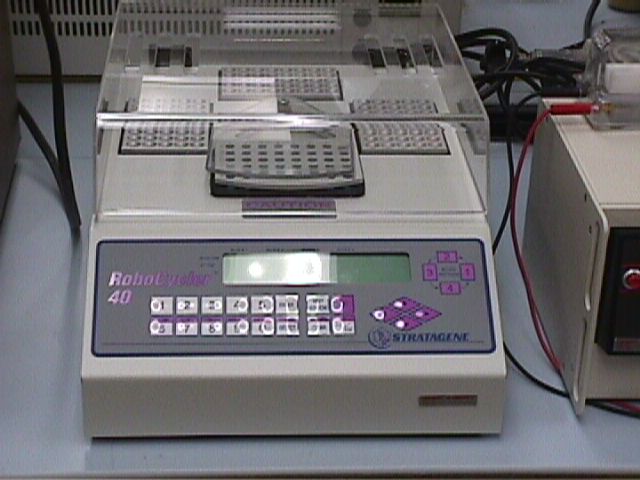

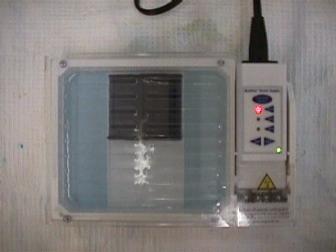
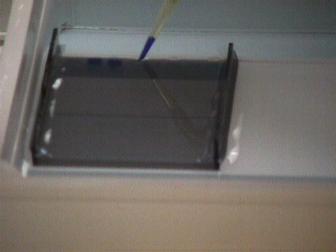
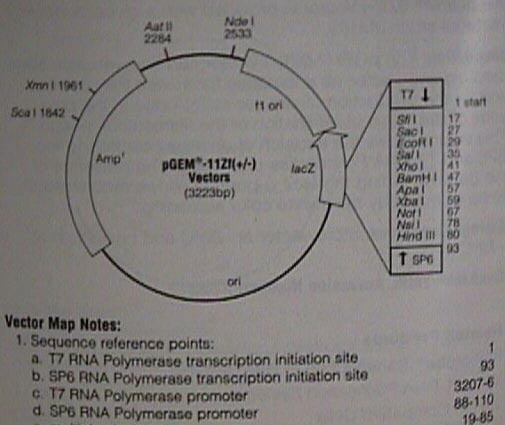
The next step Donde will have to proceed with is DNA Ligation. The plasmid that has been created is placed within a vector. The vector is an altered DNA strand that contains specific genes that allow the plasmid to be inserted into a host cell.
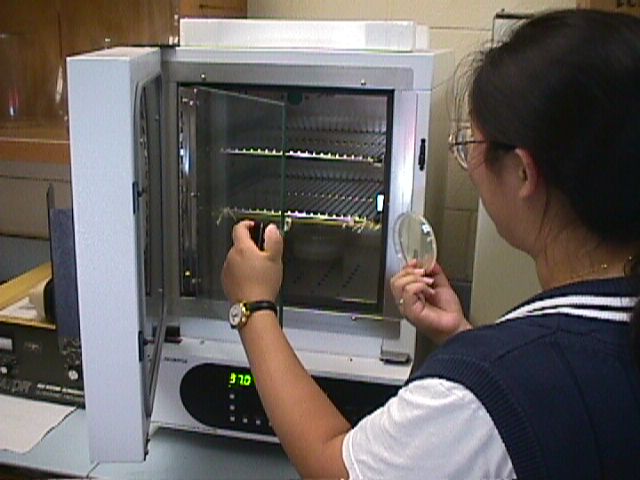
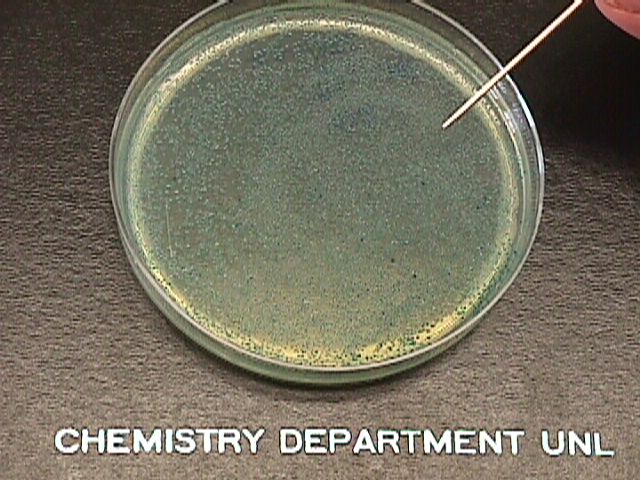
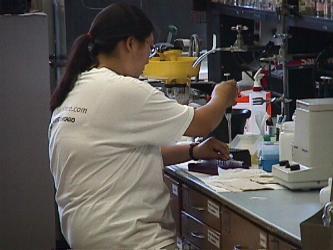
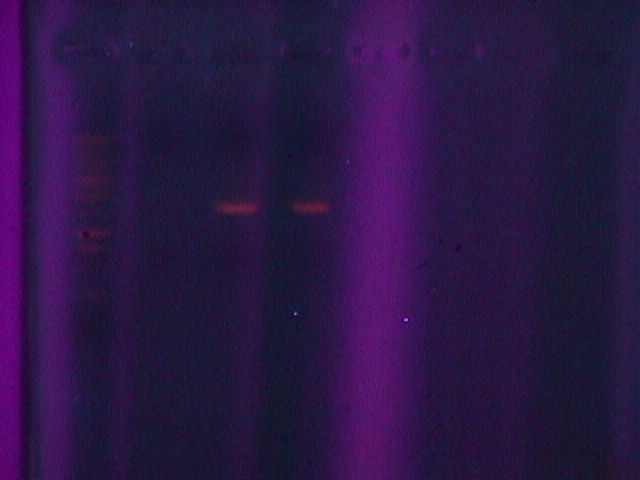
DONDE ANDERSON - DNA Subcloning
|
|
Site-directed mutagenesis. Donde will utilize an in vitro (in a test tube) mutagenesis system developed in the lab containing specific primers that produces one nucleotide alterations from the wild-type (natural) DNA strand. |
| The mutated DNA is amplified from the primer using a procedure called Polymerase Chain Reaction (PCR). This process creates many copies of the mutant strand (plasmid). |
|
|
|
|
| Donde has to run an agarose gel electrophoresis to verify and purify the DNA plasmid. This process is commonly identified as a gel elution. All gels should contain a standard solution which contains DNA segments of known masses. This is used as a comparison for verifying the plasmids. | |
|
|
|
| Donde is loading the gel's wells with a solution containing her plasmids (mutated DNA strands), buffers, and a loading dye, which gives the solution a blue color | The gel contains a solution of Ethidium bromide which when bound to DNA and exposed to UV light emits a pinkish color. Note on the left of the gel are lots of faint bands, these bands are from the standard called 1 KB ladder. |
|
|
The next step Donde will have to proceed with is DNA Ligation. The plasmid that has been created is placed within a vector. The vector is an altered DNA strand that contains specific genes that allow the plasmid to be inserted into a host cell. |
| This is a diagram showing a vector called pGEM. This vector is used for plasmid insertion and transformation into a cell. The ring represents cDNA (circular DNA) with different nucleotide sequences (thickened arcs) that assist in the transformation. Vectors such as this are used for amplification of a plasmid in a cell, not the expression of proteins. | |
| Transformation is a process where bacteria cells (E. coli) are used as hosts for inserting the vector and plasmid. These cells will reproduce creating many copies of the plasmid. Seeding is where the transformed cells are placed in a nutrient medium and incubated for a specified length of time. |
|
| The vectors used also contain genes which make them resistant to certain antibiotics. The pGEM vector used above contains an ampicillin resistant gene. What this means is that Donde is able to load her medium with ampicillin and any bacterial strain that doesn't contain her vector and plasmid will die. | |
| After Donde has allowed her bacterial cultures to grow she will need to select certain colonies on her petri dishes for isolation of her mutated DNA. She will look for colonies which appear to be growing well and isolated from others (assures they are of the same). These will be placed in a vile and incubated once again. |
|
|
|
A culture that contains her plasmid will have to be "prepped". This means she will have to isolate the plasmid from her bacterial cells by lysing the cells and then isolating the DNA segment. |
| The plasmid then has to be confirmed and purified. Confirmation of the plasmid is accomplished using Enzyme digestion. Certain known enzymes will cut her plasmid into segments of known mass. Gel Electrophoresis is used to verify that Donde has the correct segments. |
|
| The two faint pink bands in the center of the gel verifies that she has obtained her plasmid. | |
Return to Donde's Research Page
You are the
visitor since July 26, 1999